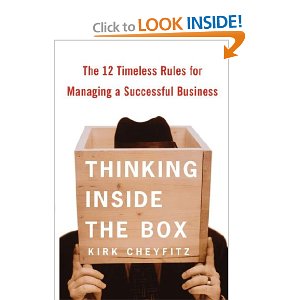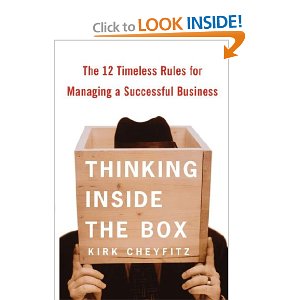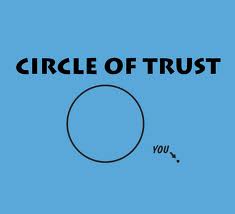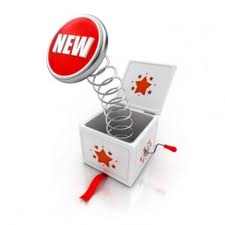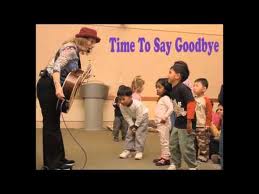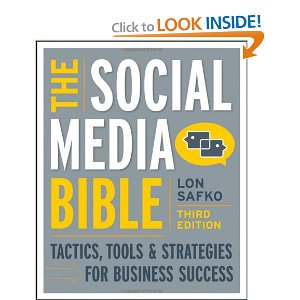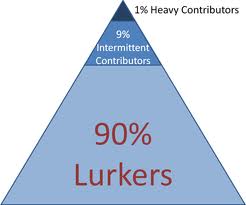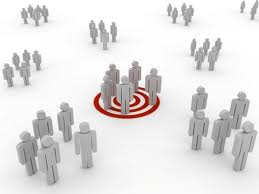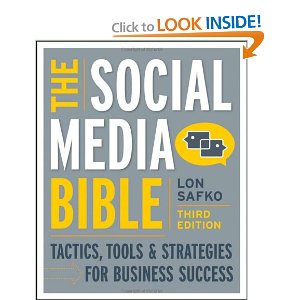 Welcome to O.D. Fridays at DonorDreams blog. Every Friday for the foreseeable future we will be looking more closely at a recent post from John Greco’s blog called “johnponders ~ about life at work, mostly” and applying his organizational development messages to the non-profit community.
Welcome to O.D. Fridays at DonorDreams blog. Every Friday for the foreseeable future we will be looking more closely at a recent post from John Greco’s blog called “johnponders ~ about life at work, mostly” and applying his organizational development messages to the non-profit community.
In a recent post, John re-told a story about an African farmer, who sold his farm to go in search of diamond mines, only to find out that the farm he sold turned out to be one of the worlds largest diamond mines. John applied the story in OD terms to your co-workers and all of their talents (aka diamonds that are unmined in your organization).
When I read this story, my mind naturally wanders to fundraising and all things having to do with donors. I think of your organization’s donor database and imagine all of the undiscovered diamonds that exist in those data records.
I commonly get asked by agencies how they can better mine those diamonds out of their donor database. After all, we’ve all heard stories about those $100/year annual campaign donors who go on to give millions of dollars to capital campaigns and endowment campaigns.
Of course, the easy 30 second answer is investing in donor analytics services like Blackbaud’s Target Analytics or WealthEngine.
I am a data-kinda-person, and these services are amazing, but . . .
The more complicated (yet amazingly simple) answer is exactly what John encourages you to do his post about the African diamond farmer. Before investing in expensive data analytics services, you really need to commit yourself to “getting to know people”. It starts with you and that is the easy part. The harder part is changing your organizational culture to embrace this idea.
I am by no means an “OD expert,” but it seems to me that changing your agency’s fundraising culture will entail some of the following:
- hiring the right people (e.g. people who like people)
- looking at all of your systems, identifying obstacles, and eliminating those barriers to change
- aligning your systems (e.g. performance management systems, compensation, recognition, etc) with your new vision of “getting to know donors”
If you want to read more about change leadership, click over to John’s blog and thumb through a number of his posts on change and culture.
All of the data in the world won’t help you identify your donor database diamonds if you aren’t willing to get out of your office, sit down with your donors, and get to know them and understand their passions.
Do you subscribe to a donor analytics service, but find it a little disappointed that the big gifts aren’t magically appearing? What do you love about your analytics services? What don’t you like? How have you inspired your organizational culture to celebrate “getting to know” donors?
Please scroll down and share your thoughts and experiences in the comment box below. After all, we can all learn from each other.
Here’s to your health!
Erik Anderson
Founder & President, The Healthy Non-Profit LLC
www.thehealthynonprofit.com
erik@thehealthynonprofit.com
http://twitter.com/#!/eanderson847
http://www.facebook.com/eanderson847
http://www.linkedin.com/in/erikanderson847




